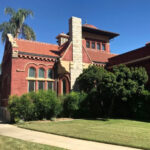Photography has revolutionized how we capture and share moments. But When Was The First Photos Taken? This article from dfphoto.net delves into the history of photography, exploring its origins and key milestones, offering insights into the evolution of visual storytelling and image creation. Join us as we uncover the history of photographic techniques, the evolution of photographic materials, and the emergence of photographic art.
1. When Was Photography Invented?
The invention of photography was a gradual process involving advancements in chemistry and optics over centuries, culminating in the first successful photograph taken in 1826 by French scientist Joseph Nicéphore Niépce. This groundbreaking achievement marked the beginning of a new era in visual representation. Niépce’s success was the foundation for the future photography development, and his photo was the cornerstone of visual communication’s future.
Niépce’s pioneering work involved exposing a bitumen-coated plate inside a camera obscura for several hours. The result was a permanent image of the courtyard and outbuildings at his family’s country home, Le Gras. This first photograph, though rudimentary by today’s standards, demonstrated the possibility of capturing and preserving images from the real world.
2. History of Photography Timeline
The history of photography is marked by numerous innovations and milestones. Here’s a detailed timeline:
| Year | Event | Description |
|---|---|---|
| 1826 | First Permanent Photograph | Nicéphore Niépce creates the first permanent photograph of a natural scene using Judean bitumen. |
| 1839 | Photogenic Drawing | William Henry Fox Talbot presents photogenic drawing, using photosensitive silver salts to create permanent camera obscura images. |
| 1851 | Ambrotypes Introduced | Ambrotypes are introduced in Europe and the U.S., using wet collodion images on blackened glass plates. |
| 1861 | Projected Color Image | James Clerk Maxwell demonstrates a projected color photographic image using three color filters. |
| 1873 | Celluloid Trademarked | John Wesley Hyatt trademarks “celluloid” in the United States and Great Britain. |
| 1878 | Gelatin Dry Plate Photography Improved | Charles Bennett enhances gelatin dry plate photography by increasing the photosensitivity of the silver-salted gelatin emulsion. |
| 1887 | Transparent Flexible Film | Reverend Hannibal Goodwin invents a method for making transparent, flexible film. |
| 1888 | Kodak Camera Introduced | Eastman introduces the Kodak camera, a roll-holder breast camera that is easier to use and mass-produce. |
| 1895 | X-Ray Photograph | Wilhelm Roentgen invents the x-ray photograph. The Lumière brothers exhibit a cinema projector. |
| 1922 | Eastman Theater Opens | The Eastman Theater opens in Rochester, New York. |
| 1924 | Photographs by Wire | AT&T sends photographs by wire, a step towards television. |
| 1930 | Photoflash Light Bulbs | Reliable photoflash light bulbs become available. |
| 1931 | Stroboscope Invented | Harold Edgerton develops the stroboscope, enabling the capture of motions of infinitesimally short duration. |
| 1935 | Kodachrome Process | Leopold Damrosch Mannes and Leopold Godowsky introduce the Kodachrome process of color photography. |
| 1937 | Xerography Invented | Chester Carlson invents xerography, or photocopying. |
| 1954 | Tri-X Film Introduced | Eastman Kodak introduces Tri-X film. |
| 1960 | Underwater Camera | The US Navy uses a new underwater camera developed by EG&G. |
| 1963 | Instant Color Film | Polaroid introduces instant color film. |
| 1968 | Earthrise Photograph | The Earth is photographed from the moon, creating the influential image “Earthrise.” |
| 1973 | One-Step Instant Photography | Polaroid introduces one-step instant photography with the SX-70 camera. |
| 1977 | Inventors Hall of Fame | George Eastman and Edwin Land are inducted into the National Inventors Hall of Fame. |
| 1978 | Autofocus Camera | Konica introduces a point-and-shoot autofocus camera. |
| 1980 | Consumer Camcorder | Sony demonstrates the first consumer camcorder to capture moving images. |
| 1984 | Digital Electronic Still Camera | Canon demonstrates the first digital electronic still camera. |
| 1985 | Digital Imaging Processor | Pixar introduces the digital imaging processor. |
| 1990 | Photo Compact Disc | Kodak introduces Photo Compact Disc as a digital image storage medium. |
This timeline illustrates the relentless pursuit of innovation and creativity that has shaped the world of photography.
3. What Was the First Photo Ever Taken?
The world’s first photograph was taken in 1826 by Joseph Nicéphore Niépce. He captured the image from an upstairs window of his estate in Burgundy, France. The process, known as heliography, involved coating a piece of glass or metal with Bitumen of Judea, a naturally occurring Syrian asphalt.
Heliography Explained
- Coating the Plate: Niépce coated a plate with Bitumen of Judea.
- Exposure: The plate was exposed to light in a camera obscura for several hours.
- Hardening: The bitumen hardened in proportion to the amount of light hitting it.
- Result: This created a direct positive image, capturing the view from his window.
This photograph, though not as clear as modern images, marked a monumental achievement, demonstrating the possibility of capturing and preserving visual information.
4. How Did Early Photography Influence Copyright Law?
The development of copyright law was significantly influenced by the invention of the printing press, which led to the Papal Bull against unlicensed printing of books issued by Pope Alexander VI in 1501. This was followed by the founding of The Worshipful Company of Stationers & Newspaper Makers.
Key Developments in Copyright Law:
- Statute of Anne (1710): Enacted by Parliament to address the concerns of English writers and booksellers, establishing copyright and authors’ ownership.
- U.S. Copyright Law (1790): Congress claimed that protecting the rights of authors and inventors would support the continuous development of science and art.
- Berne Convention (1886): Focused more on the rights of authors than on commerce, influencing copyright laws worldwide.
- U.S. Copyright Act (1976): Aligned U.S. copyright terms with international practices, protecting a photographer’s work from the moment it is created.
The rise of photography as a new art form necessitated the extension of copyright protection to include photographs, ensuring that photographers had legal rights over their creative works.
 Early Photography and The Origin Of Copyright
Early Photography and The Origin Of Copyright
5. When Was the First Camera Invented?
The first device we recognize as a camera was invented in 1816 by Joseph Nicéphore Niépce. Although, he captured the first photo in 1826, the device which enabled him to do so was already made. This camera was the starting point for all future models.
The Camera Obscura’s Influence
Ancient civilizations had experimented with the camera obscura for centuries before Niépce’s invention. The earliest known written record of this concept dates back to Han Chinese scholar Mozi (c. 470 to c. 391 BC). Aristotle also noted the phenomenon of sunlight traveling through leaf spaces to create an illusion of an overshadowed sun on the ground. Leonardo da Vinci explained the camera obscura in great detail in his Codex Atlanticus, relating it to the human eye.
The camera obscura served as a precursor to modern cameras, providing the foundational understanding of optics and image projection necessary for Niépce’s invention.
6. Who Made the First Camera?
While Johann Zahn designed the first portable camera in 1685, it was Joseph Nicéphore Niépce who successfully used a camera to take the first photograph in 1826. Niépce’s photo, though not permanent, was a crucial step. The efforts of both Zahn and Niépce are recognized as pivotal in the invention of the camera.
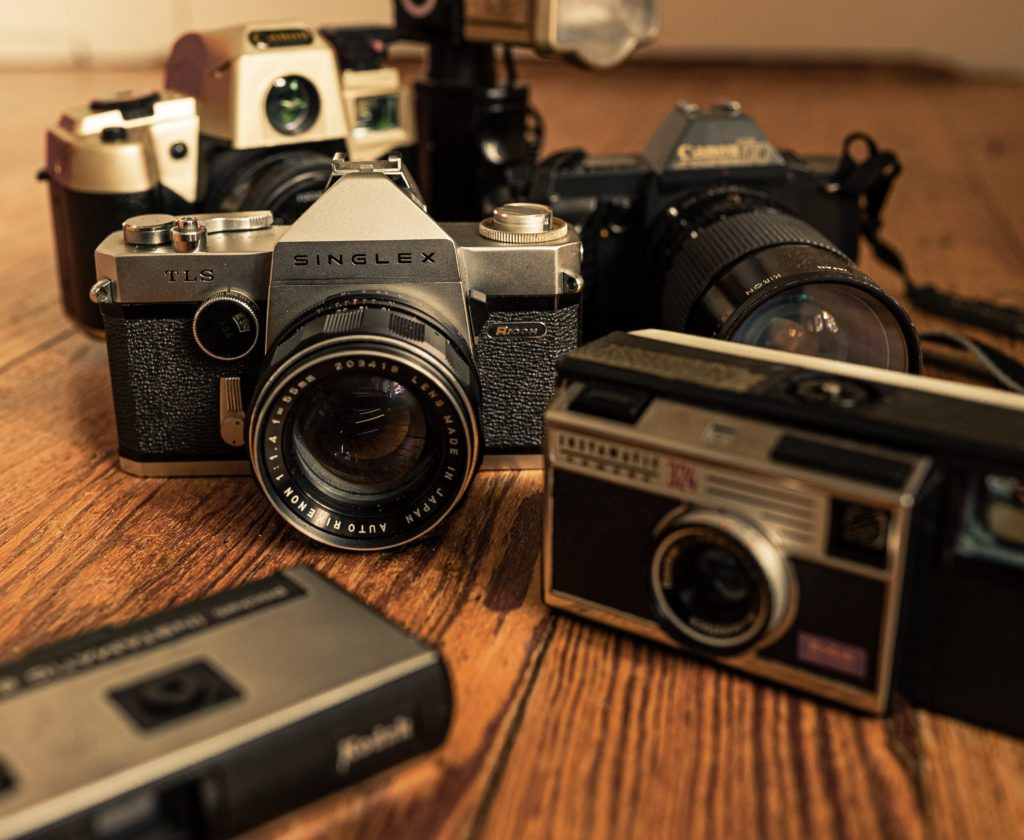 Who Made The First Camera
Who Made The First Camera
Johann Zahn’s Contribution
Zahn’s design for a portable camera in 1685 marked an early conceptual milestone, but it was Niépce’s practical application of chemical processes and optical principles that led to the creation of the first photograph.
7. How Was the First Camera Made?
Louis Daguerre’s quest to create permanent images led him to become an apprentice in architecture and theater design. His experiments with silver eventually led to the discovery of a working method.
The Daguerreotype Process:
- Silver Iodide Coating: A thin film of silver iodide was applied to a plate.
- Light Exposure: The plate was exposed to light.
- Mercury Vapor Treatment: The photographer treated the plate with mercury vapor and heated saltwater in the darkness.
- Image Fixing: Any silver iodide not affected by the light was removed, leaving a fixed image on the camera.
The daguerreotypes produced positive images, unlike Niépce’s negatives, and while they initially required long exposure times, technological advances quickly reduced this duration. The French government purchased the rights to the daguerreotype design and presented it as a “free gift to the world,” making the technology accessible to wealthy households.
8. When Was the First Glass Negative Invented?
While Louis Daguerre invented daguerreotypes in 1839 using metal plates, Sir John Herschel created a photographic negative using silver chloride on September 9 of the same year. Herschel also introduced the word “photography” into English.
Sir John Herschel’s Contributions:
- Created a photographic negative using silver chloride.
- Introduced the term “photography.”
- Invented the “Cyanotype” method.
- Excelled in botany, math, chemistry, and astronomy.
Herschel’s invention of the glass negative was ideal for photographing the skies and significantly contributed to the advancement of astronomical photography.
9. What Was Photography Like in the 1890s?
Up until 1890, photography was largely a professional occupation. The advent of consumer photography in the final decade of the 19th century was a major step, driven by technological advancements.
Key Developments:
- Flexible Roll Film: Introduced by George Eastman in the 1880s.
- First Kodak Camera: Eastman introduced a camera offering 100 exposures that had to be processed after returning the entire camera to Eastman.
- Democratization of Photography: Anyone capable of pressing a button and turning a crank could now be a photographer.
The democratization of photography led to the omnipresence of images in the 21st century. Oskar Barnack of E. Leitz invented a miniature camera with perforated strips of 35-mm film, later commercialized as the Leica (1924).
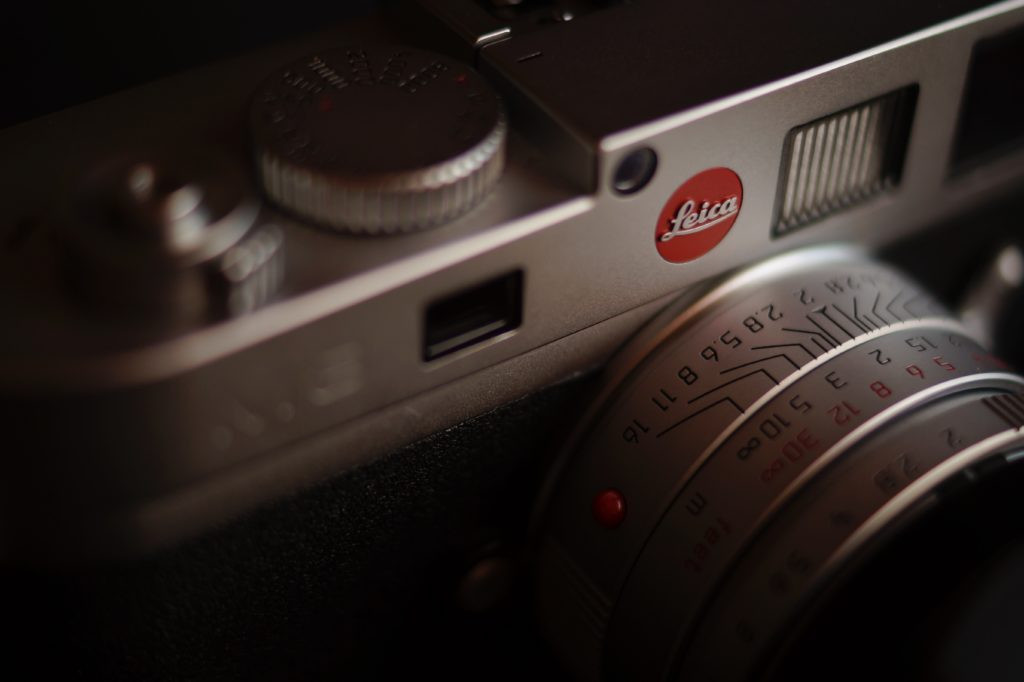 1890s Photography
1890s Photography
10. When Was the First Video Camera Invented?
While Eadweard Muybridge used 24 still cameras to capture a horse in motion in 1878, the Kinetograph camera, invented by W.K.L. Dickson in 1891, is considered the oldest example of motion picture photography.
Key Innovations in Early Video Cameras:
- Kinetograph (1891): Invented by W.K.L. Dickson under Edison’s guidance.
- Single-Lens Camera (1888): Created by Louis Le Prince, producing the first and oldest motion video, “Roundhay Garden Scene.”
- Pleograph (1894): Invented by Kazimierz Proszynski, a camera with a projector.
- Aeroscope: Also made by Proszynski, the first compressed air camera, facilitating news broadcasting in WWI.
The mass availability of video cameras in the early 1900s led to a boom in the film and theater industries.
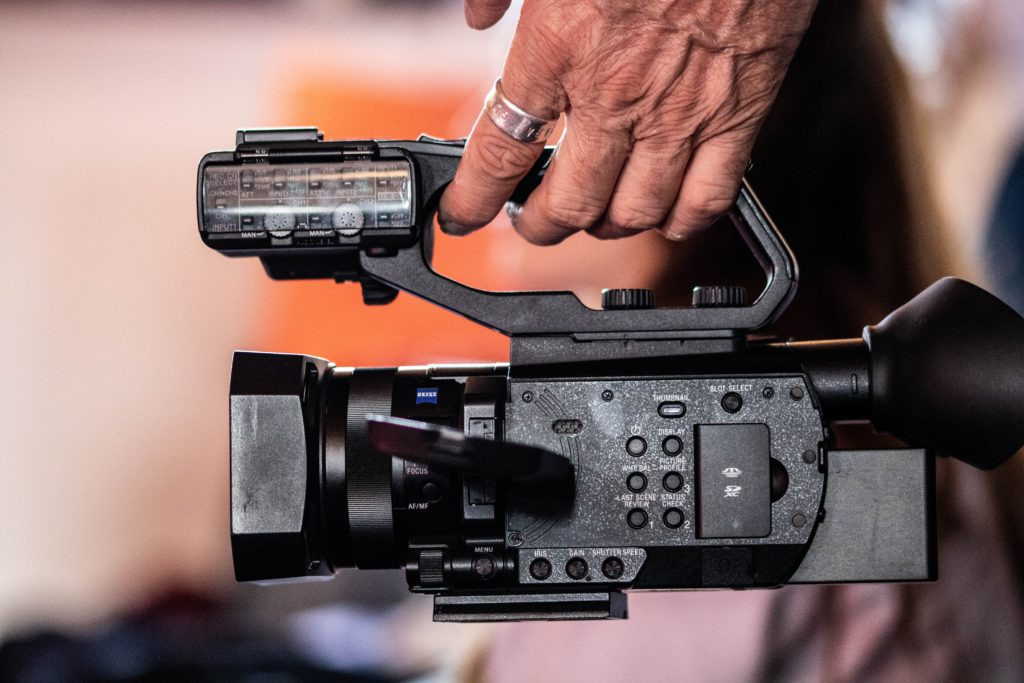 First Video Camera
First Video Camera
11. When Was the First Color Film Made?
During the late 1920s, “La Can-Can” became one of the first movies to include color sequences. While primarily in black and white, the film included tinted parts to create color sequences.
Early Color Film Techniques:
- Tinting: Parts of black and white film were tinted to create color sequences.
- Artistic Combination: “La Can-Can” combined black and white and color in an artistic manner.
Consistent color in films was challenging to achieve until dyes were used more widely in the 1950s.
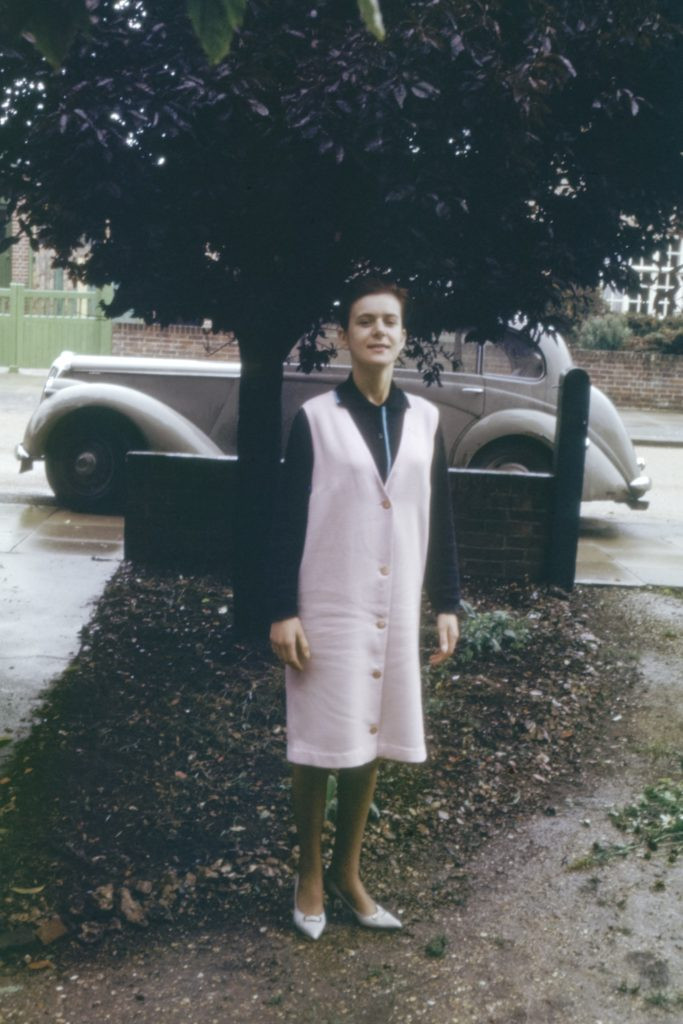 First Color Film
First Color Film
12. When Did Color Photography Start?
Gabriel Lippmann used his knowledge of physics in 1886 to create the first color photograph without pigments or dyes. By using interference, Lippmann was able to explain the propagation of waves.
Lippmann’s Achievements:
- Created the first color photograph without pigments or dyes.
- Explained the propagation of waves using interference.
- Showed color images of a parrot, a bowl of oranges, a group of flags, and a stained glass window by 1906.
- Won the Nobel Prize in Physics for his discovery.
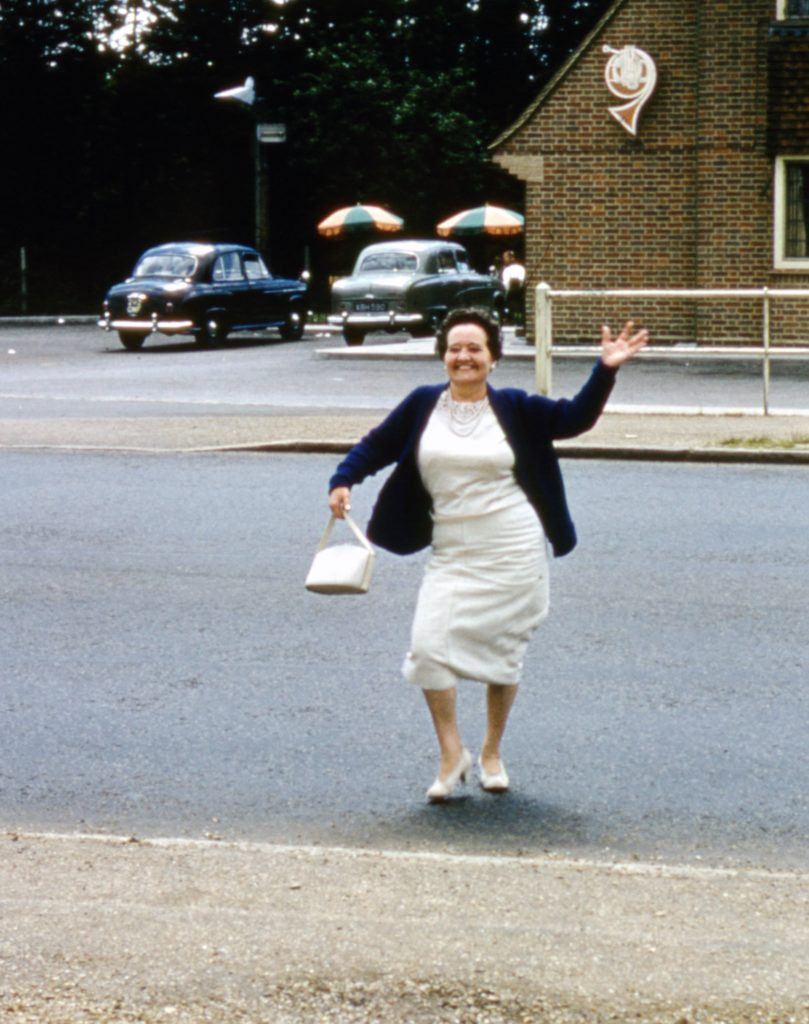 When Did Color Photography Start
When Did Color Photography Start
13. When Did Digital Photography Start?
A pioneer in digital photography was Eugene F. Lally of NASA’s Jet Propulsion Laboratory, who in 1961 developed a process for digitizing light signals. This was aimed at helping astronauts take better images and determine their location in space.
Key Milestones in Digital Photography:
- Eugene F. Lally (1961): Developed a process for digitizing light signals.
- Photo Sensors: Lally’s idea of using photo sensors instead of film contributed to the invention of the filmless camera.
Digital photography is the culmination of work by various experts over many years, improving space photography and leading to the digital images we use today.
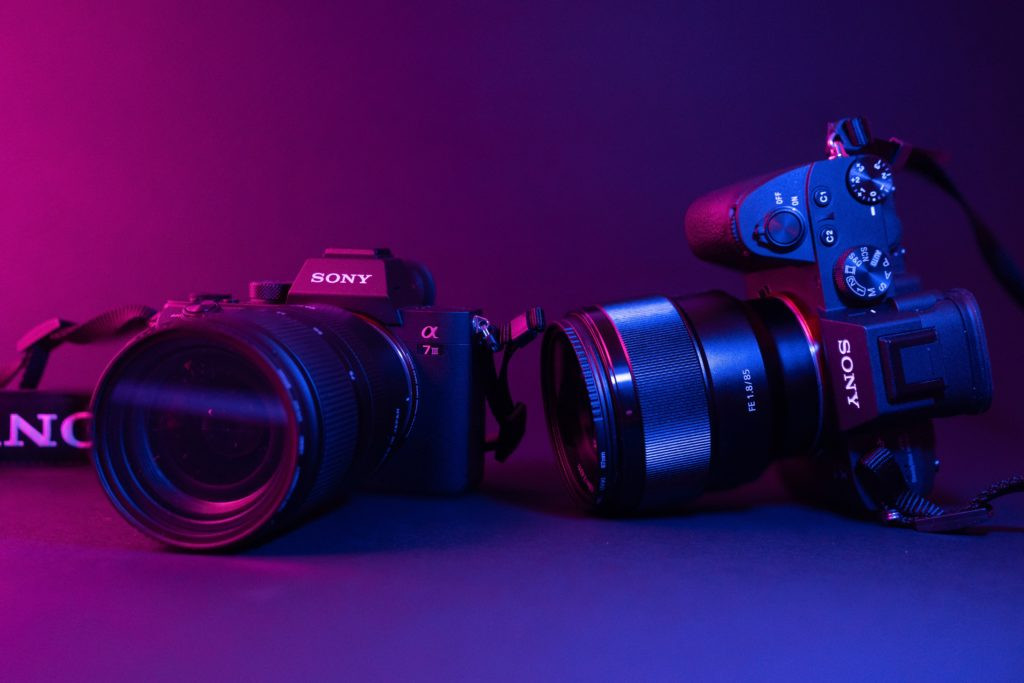 When Did Digital Photography Start
When Did Digital Photography Start
14. What Was the Most Popular Camera in the 1920s?
Cameras of the 1920s were more advanced than their box-shaped, wooden predecessors. Folding cameras were made with metal bodies and casings to make them more compact and travel-friendly.
Popular 1920s Cameras:
- Vest Pocket Autographic Kodak: Small cameras that could fit in shirt pockets.
- Kodak Anastigmat F.7.7 and Autographic Kodak Jr.: Marketed as superior cameras with superior lenses.
- Cine-Kodak: The first 16mm camera, created in 1923.
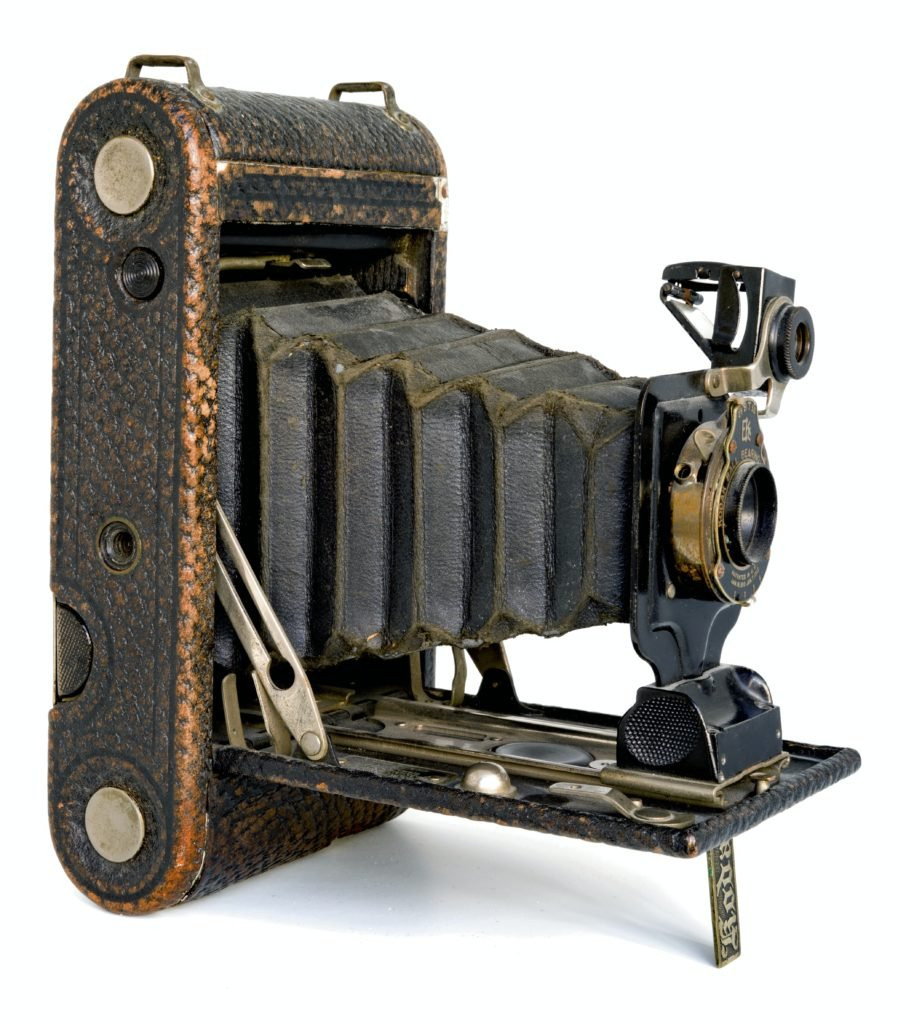 Most Popular 1920s Camera
Most Popular 1920s Camera
These cameras reflected the growing popularity of photography and the demand for more portable and user-friendly devices.
15. What Was the Most Popular Camera in the 1900s?
The Kodak Brownie, introduced in February 1900, was one of the most influential cameras ever made. Aimed at the masses, this $1 USD camera made photography accessible to everyone.
Key Features of the Kodak Brownie:
- Affordable Price: Priced at $1 USD.
- Simple Design: A cardboard box camera with a fixed focus meniscus lens.
- Mass Appeal: Sold over a quarter of a million units.
- Medium Format Film: Introduced medium format 120 film.
 Most Popular 1900s Camera
Most Popular 1900s Camera
16. What Were the Most Important Photography Innovations?
Photography has come a long way, thanks to key innovations:
Important Photography Innovations:
- Camera Obscura (5th century B.C.): Darkened rooms or enclosed boxes with a tiny opening projecting a hazy picture of the outside world.
- Photochemistry (18th and 19th centuries): Johann Heinrich Schulze discovered that silver salts darkened when exposed to light.
- Daguerreotype (1837): Louis Daguerre discovered that exposing iodized silver plates to light left a faint image that could be developed with mercury fumes.
- Flexible Roll Film (1884-1889): Introduced by George Eastman, making photography accessible to amateurs.
- Autochrome (1907): The Lumiere brothers began marketing the additive color process they called Autochrome, adding tiny grains of dyed potato starch to a panchromatic emulsion.
These innovations transformed photography from a complex, time-consuming process to a widely accessible and versatile medium.
FAQ Section
1. Who is credited with taking the first photograph?
Joseph Nicéphore Niépce took the first photograph in 1826.
2. What was the first photograph of?
The first photograph, titled “View from the Window at Le Gras,” depicted the courtyard and outbuildings of Niépce’s estate in Burgundy, France.
3. How long did it take to take the first photograph?
The exposure time for the first photograph was approximately eight hours.
4. What materials were used to create the first photograph?
The first photograph was created using a pewter plate coated with Bitumen of Judea, a light-sensitive material.
5. When did color photography become widely available?
Color photography began to emerge in the early 20th century, but it became more widely available and practical with the introduction of Kodachrome film in 1935.
6. How did digital photography revolutionize the field?
Digital photography eliminated the need for film, provided immediate results, and allowed for easy editing and sharing of images.
7. What role did Eastman Kodak play in the history of photography?
Eastman Kodak made photography accessible to the masses by introducing flexible roll film and affordable cameras like the Kodak Brownie.
8. What is the significance of the camera obscura in the history of photography?
The camera obscura was a precursor to modern cameras, providing the foundational understanding of optics and image projection.
9. How did the invention of photography influence copyright law?
The rise of photography as a new art form necessitated the extension of copyright protection to include photographs, ensuring photographers had legal rights over their creative works.
10. Where can I learn more about the history of photography and explore various photographic techniques?
Visit dfphoto.net to discover a wealth of resources, including detailed tutorials, stunning photo collections, and a vibrant community of photography enthusiasts.
Photography’s journey from a blurry courtyard scene to the high-resolution images we capture today is a testament to human ingenuity. At dfphoto.net, we celebrate this evolution and provide a platform for photographers of all levels to explore, learn, and connect.
Ready to dive deeper into the world of photography? Explore our extensive collection of articles and tutorials at dfphoto.net. Discover new techniques, find inspiration, and join a community of passionate photographers.
Address: 1600 St Michael’s Dr, Santa Fe, NM 87505, United States
Phone: +1 (505) 471-6001
Website: dfphoto.net
Visit dfphoto.net today and start your photographic journey.
